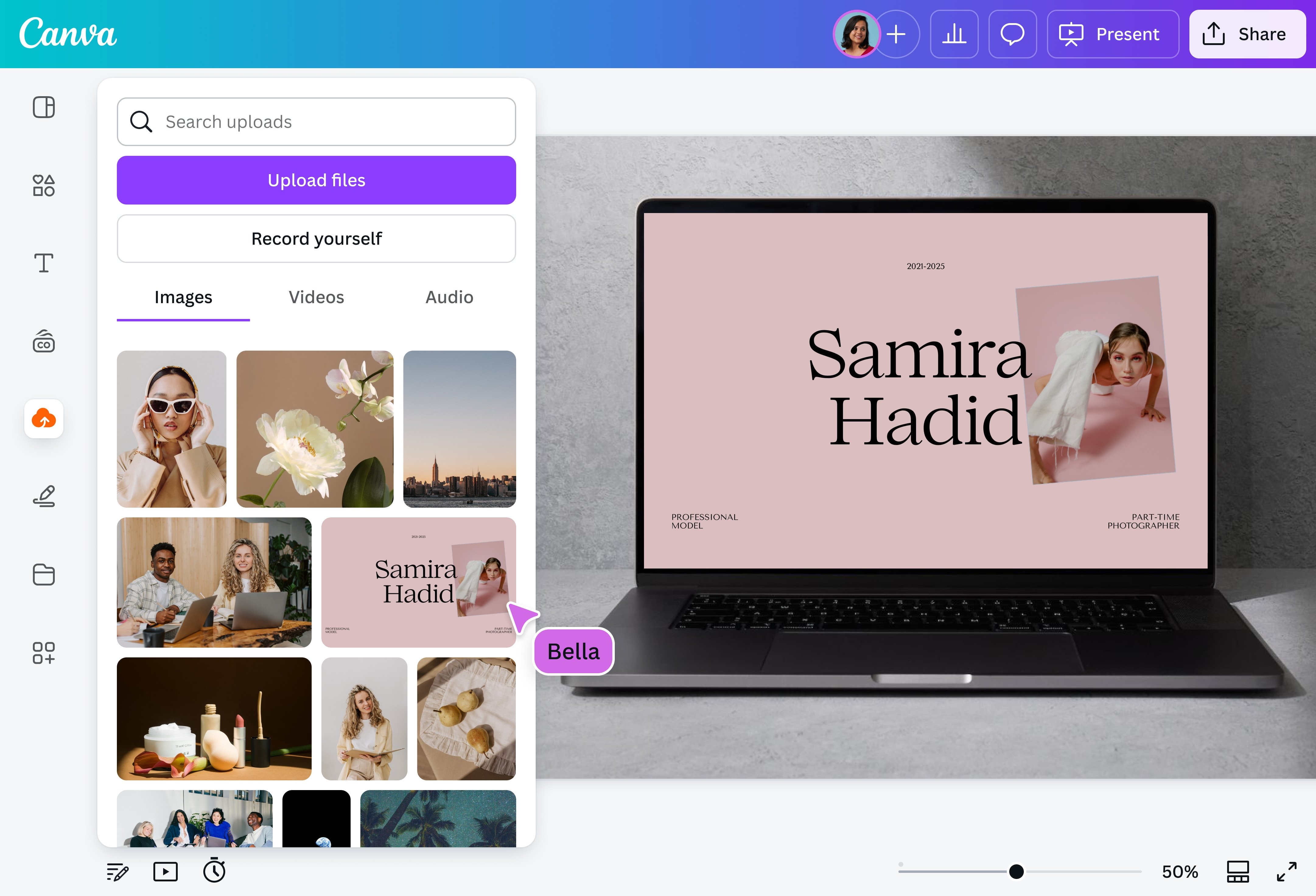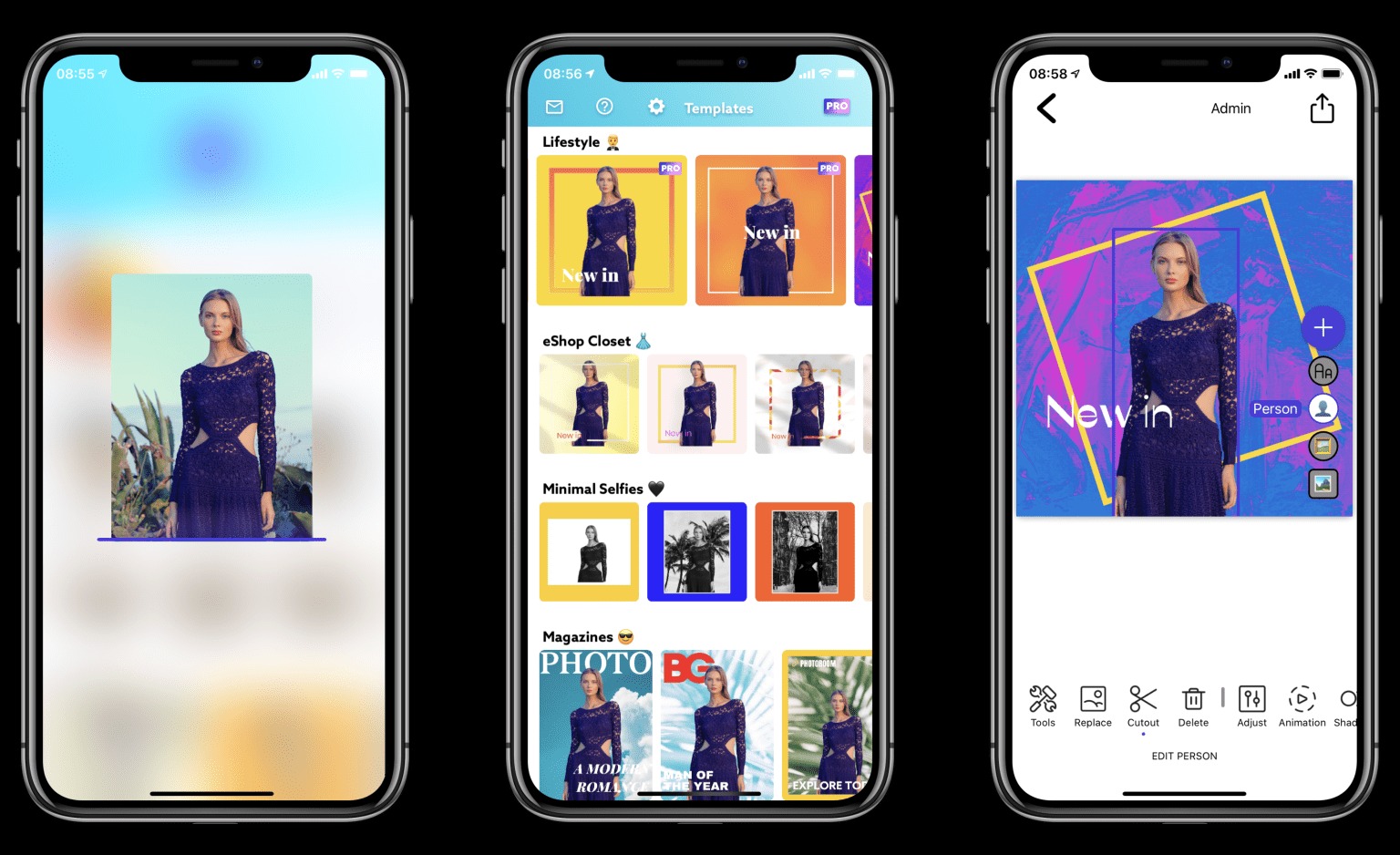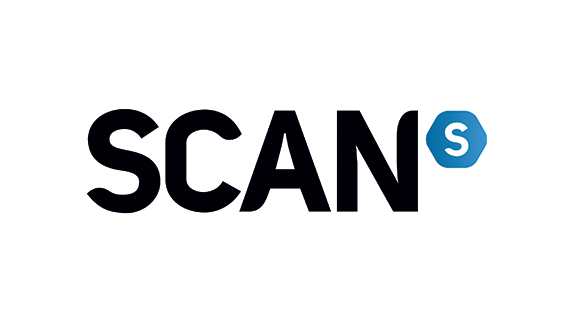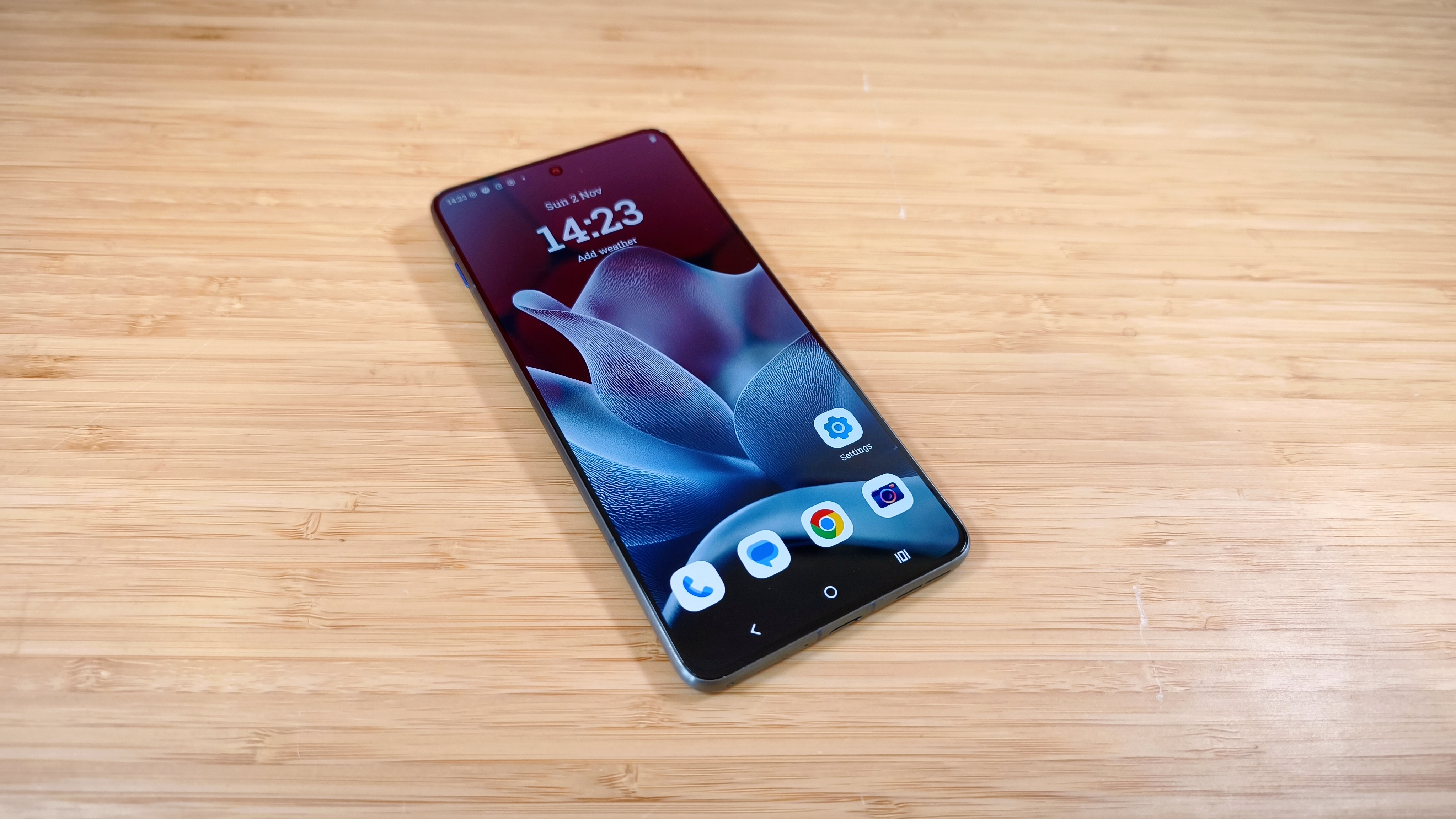The AI skills you need to get ahead in content creation this year
Here’s how to use AI in your creative practice to ensure you stay ahead of the game without losing your spark.

It’s safe to say that AI is still the talk of the creative and design world. More and more professionals are incorporating AI into their workflows in all sorts of ways – not to replace their own creative thinking, but to speed up their practice, whether that’s through idea generation, task automation or finding new ways to approach problems.
Even if you’re not a huge enthusiast for AI – and I certainly don’t use every tool that’s on offer – there are many ways that simple AI tools can make your life easier and help you get ahead in the fast-paced and competitive creative world. With that in mind, I’ve compiled six quick tips to help you think about how AI could lend you a hand and help you get ahead.
These AI skills can massively support the creative process, but tools like these require capable hardware. If you're in the market for a new setup to help bring these ideas to life, SCAN UK has a range of laptops and desktops built with creatives in mind
For more tips and tricks on creative AI use, check out our guide to the 8 skills you need to land your dream design job, and our practical guide to using AI in architecture. And now, let’s get into the list!
1. Ideate and test concepts
One of the best use cases that creatives have found for AI is getting over the fear of the blank page (or empty InDesign file – whatever your poison). Sometimes you just need a few suggestions to get the creative engine running, and this is where AI can come in handy as a creative assistant.
I recently spoke to a designer who said that whenever he starts a project, he gives the basic brief to AI and asks it to sketch him ten concepts. He won’t end up actually using any of them as the final design, but he can pick and choose ideas from them to get his creativity started. Sometimes, he doesn’t end up using a single thing from any of them – but it can often be the case that seeing the definite wrong path puts you onto the right one.

2. Get acquainted with speech-to-text
I’ve done a lot of interviews in my career as a journalist, and I can safely say that transcribing speech is the most tedious, life-draining task I’ve ever had to do. I literally have stress-dreams about it. Even if you don’t do interviews, there are many reasons you may need to turn speech into text in your practice – for instance, audiences now expect social meda videos to be captioned, and will generally turn away if they aren’t. Or you might need to type up the transcript of your agency’s latest brainstorming meeting.
Daily design news, reviews, how-tos and more, as picked by the editors.
There are many AI tools that can automatically translate speech into text, some of which are built directly into modern smartphones like the Samsung Galaxy S25 Ultra. Getting used to how they work can be a huge timesaver – however, don’t get carried away. Most automated transcription services I’ve used manage a 60-70% accuracy rating, and that’s if I’m being quite generous. You can’t just slam the audio into them and head off for an early lunch (and it’s easy to spot a video where someone has done that).
My favourite speech-to-text transcription program is Otter.ai – not necessarily because of the quality of the transcription, but because of the clever interface that allows me to click around the transcript with ease, instantly compare the text with the audio, and make corrections where it’s not got it quite right.
3. Automate the boring bits
I’m going to give you three questions that you can ask yourself when thinking about ways to integrate AI into your creative workflow.
1. What are the most boring and/or time-consuming tasks in my creative practice?
2. Do these tasks require any artistic ability or creative thinking from me at all?
3. Could an AI perform these tasks more efficiently than I can?
If a task readily springs to mind for question #1, and the answers to questions #2 and #3 are “no” and “yes” respectively – then you’ve got yourself a use-case, baby!
There were a couple from my work and creative practices that fit the bill here. One was interview transcription, as we’ve covered in the previous point. The other was removing backgrounds from photos (for product images and the like). I wouldn’t call this time-consuming, but it’s boring, and it certainly doesn’t require any creativity from me.
So why not let Canva’s one-click function take care of it? Or better yet, a streamlined tool like Photoroom, which completely automates the task to the point where you can remove the background from dozens of images at once with a single click.

4. Tailor and specialise
Remember that your AI works for you – and taking some time to specialise it accordingly can pay dividends. If you’re using AI to come up with mockups or rough drafts, use descriptive words to convey the kind of style that you tend to favour, so it doesn’t waste time producing a suggestion that you will never go with.
If you’re working for a specific brand, you can also easily make sure the AI adheres to the brand guidelines and uses the brand colours. Consider also coming up with a list of words that describe the brand’s tone – a young men’s deodorant is likely to want to convey quite a different tone to a local yoga studio, and you can use adjectives to convey this and keep your AI helper on-message.
5. Keep up with the trends – but be sceptical of hype
Something that can be a little exhausting about AI is how fast it seems to move. It feels like practically every month there’s a new tool, or a new feature of a tool, that everyone is now scrambling to get their heads around. Many creative agencies’ workflows have been completely reshaped within the past few years alone, and will no doubt change further in the near future.
So, it’s worth your time to keep up. Follow the tech news, pay attention to what key players in the space like ChatGPT or Adobe are doing, and when a new tool is announced, think about whether (or not!) it might have a place in your workflow. This isn’t just an encouragement to keep up with the latest AI news from Creative Bloq, though it is that, but it’s also an encouragement to be a well-informed and forward-thinking member of your industry or creative field. Which, AI or no, is something we can surely all get behind.

I’ll say one caveat though – the fast pace of AI does lead to some silly hype. Companies are fond of promising that their latest tool is going to completely reinvent (or obliterate) [X] industry within the next few years, and too many outlets are happy to repeat them uncritically. So follow the news – but take any grand pronouncements with a healthy pinch of salt.
6. Keep your head and remember your humanity
Ultimately, you work as a creative to convey your creative vision and channel your personal sensibility through your art – whether that’s through design, writing, photography or whatever else. So while AI can be an invaluable productivity tool, automating away the boring bits and helping generate ideas to shape and make your own, it should not be a creative crutch. You should never get to a point where the loss of AI, like the recent ChatGPT outage, would leave you unable to do your job.
In an era where the majority of the professional creatives are using AI to some degree, the ones who stand out will be the ones who ensure that their human creativity always shines through in everything they produce. So be sensible with your AI use, and remember that it’s not there to replace you.

Jon is a freelance writer and journalist who covers photography, art, technology, and the intersection of all three. When he's not scouting out news on the latest gadgets, he likes to play around with film cameras that were manufactured before he was born. To that end, he never goes anywhere without his Olympus XA2, loaded with a fresh roll of Kodak (Gold 200 is the best, since you asked). Jon is a regular contributor to Creative Bloq, and has also written for in Digital Camera World, Black + White Photography Magazine, Photomonitor, Outdoor Photography, Shortlist and probably a few others he's forgetting.

